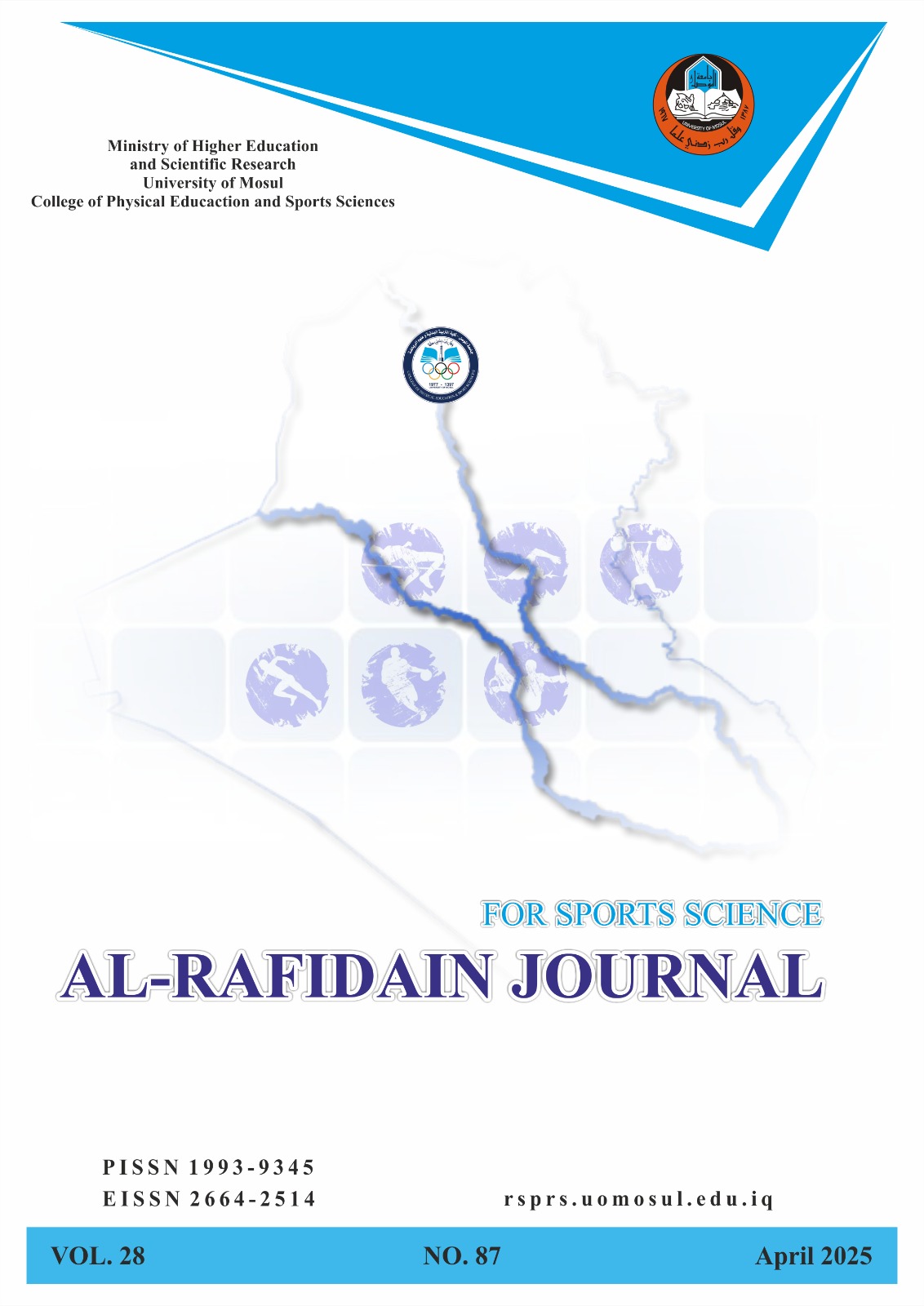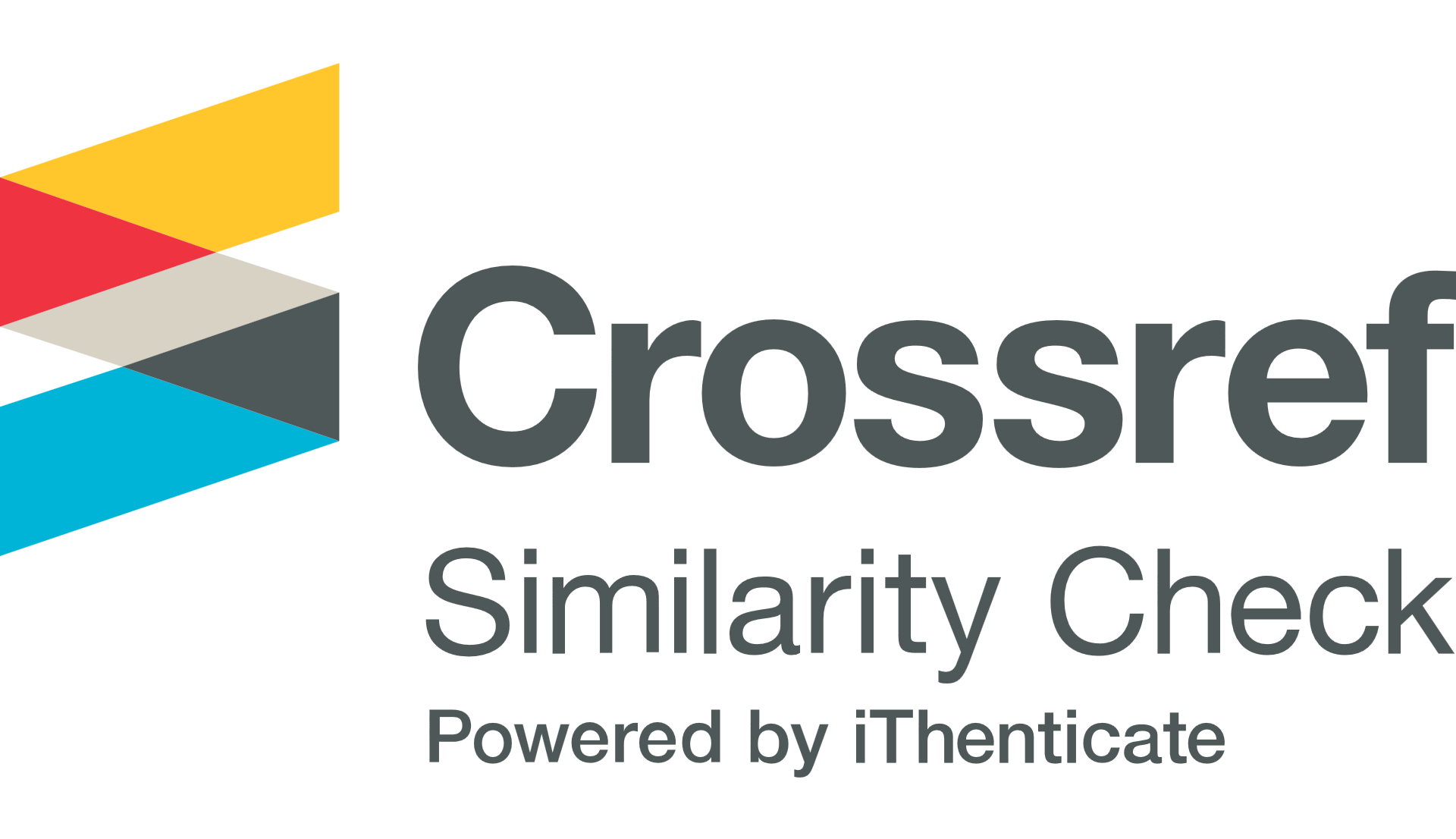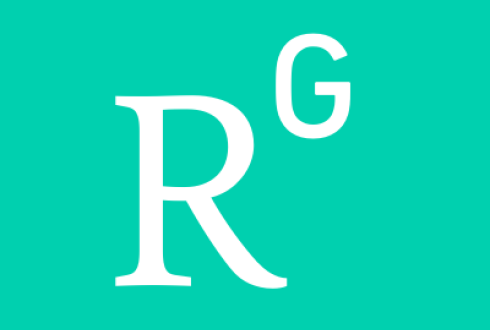Allegations of Misconduct
RJSS is sensitive to research misconduct and uses all means available to prevent publishing miscounted research. Though there is no standard definition of research misconduct, the Council of Editors defines research misconduct broadly in three categories of action and conducts. RJSS uses this definition of misconduct in dealing with the issue and strictly follows the COPE follow the chart in dealing with research misconduct. In addition, for each component of the research misconduct, RJSS has many assurance policies as follows
- Mistreatment of research subjects
- Falsification and Fabrication of data
- Piracy and Plagiarism
Falsification and Fabrication of data
Fabrication is making up data without collecting or synthesizing scientific data. Falsification is the manipulation of research material to reach a favorable result. Fabrication and falsification could happen at any stage of research (in the field) up to the publication of a manuscript, where misuse of citation can happen (referencing a citation when the citation does not support the argument). RJSS tries to identify any kind of fabrication or falsification in all levels of manuscript processing, from initial screening to comprehensive evaluation of a revised manuscript and even after a manuscript has been published. Reporting any fabrication and falsification is an ethical duty of our authors, co-authors, reviewers, editors, and readers. In any event of falsification or fabrication, RJSS keeps its right to retract or withdraw the fabricated or falsified article. RJSS strictly follows the COPE follow chart in dealing with fabrication and falsification.
Plagiarism
Plagiarism is appropriating another person's ideas, processes, results, or words without giving appropriate credit. Another category of plagiarism is self-plagiarism when the author publishes his own idea, data, and text in different journals without such duplication. RJSS uses all means to detect plagiarism. As a matter of quality assurance, a similarity of more than 20% in the text of a manuscript will be returned to the author to remove the similarities and reduce the chance of plagiarism. RJSS strictly follows the COPE follow chart in dealing with plagiarized articles






